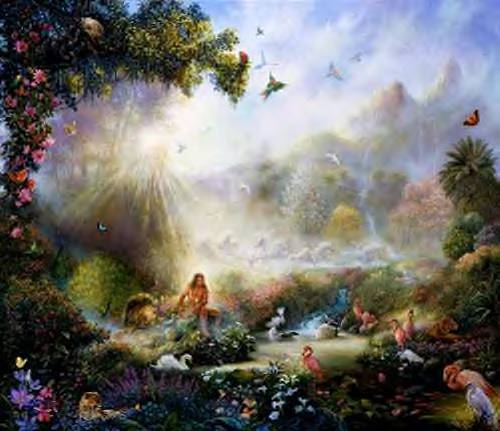Rabbi Michael Siegel
Anshe Emet Synagogue
3751 N. Broadway
Chicago, IL 6013
Dear Michael,
Mazel tov on your thirty years of distinguished service as rabbi of the historic Anshe Emet Synagogue in Chicago. It was a pleasure and honor to have worked with you as a member of the clergy team from 1996-2001.
As the spiritual leader at Anshe Emet, you have not only built upon the foundation created by such luminaries as Rabbis Solomon Goldman, Ira Eisenstadt and Seymour Cohen, but you have also raised the kehilla (sacred congregation) to new heights. You have created a dynamic, forward-thinking kehilla that values community, embraces learning and fosters innovation.
I regret
that I will not be able to celebrate with you this Shabbat. This Sunday I am
the keynote speaker at the biennial
conference of the Northeast District of United Synagogue. The topic of this conference
is "Sacred Strategies – The Journey from Functional to VisionarySynagogues". Our sessions are based
around Sacred Strategies, written by Isa Aron, Steven
Cohen, Lawrence Hoffman and Ari Kelman. The book offers a helpful framework for
thinking about synagogue vitality and change.
The authors identified six characteristics that enable and empower congregations to make the journey from functional to visionary. They are as follows:
·
Sacred Purpose: A shared vision informs all aspects of the congregation.
·
Holistic Ethos: All parts of the kehilla work in partnership with one
another, so the whole is greater than the sum of its parts.
·
Participatory Culture: Families, leaders, professionals and clergy all work
together in the sacred enterprise of creating their community.
·
Meaningful Engagement - The congregation provides worthwhile, ongoing
experiences that infuse their members’ lives with meaning.
·
Innovation Disposition – Leadership is open to new ideas and views possible
failure as an opportunity for growth.
·
Reflective Leadership – Visionary
congregations frequently discuss alignment to their mission, use data to evaluate
their impact, and make planning a fixture of their leadership culture.
Sacred Strategies not only describes how several congregations across
North America successfully challenged themselves to become transformational
centers of Jewish life, but also outlines how others can follow the same path.
My remarks for this upcoming United Synagogue conference are
in many ways influenced by my years working with you at Anshe Emet. At your
twentieth anniversary celebration in 2003, you shared these thoughts:
Rabbi,
Teacher, Preacher: were the words found on the diploma I received from the
Seminary. But their deeper meaning:
·
Rabbi as a religious presence
·
Teacher, as a shaper of Jewish souls
·
Preacher: a vocal leader in the Jewish community
These definitions I learned here at
Anshe Emet.
Your JTS diploma is missing one
other significant title that describes you, namely visionary. Vision comes naturally to you and this essential leadership
quality has not only defined your rabbinate, but also serves as an inspiration
for all those whose lives you have touched.
In every generation, there have not only been teachers and leaders, but institutions and synagogues that provide guidance and leadership to the Jewish community. Anshe Emet Synagogue represents one of the most dynamic and vibrant synagogues in Chicagoland, North America and the entire Jewish world.
It was Anshe Emet’s almost legendary past, as well as its unending potential, that attracted me to the synagogue from the moment I met you 16 years ago. Your vision for what a Jewish community can be through education, strategic partnerships, and family engagement was then, and remains today, on the cutting edge of American Jewry. I am indebted to you not only for training and mentoring me in the pulpit, but also for empowering me to actualize my own vision within certain key areas of Anshe Emet, particularly youth and outreach. On a personal note, the many hours we spent together forged a strong friendship that I cherish.
The visionary congregation you lead, Michael, deeply inspires me and is a model for others to emulate. In light of this, both you and Anshe Emet will be in my thoughts on Sunday as I present at the “Sacred Strategies” conference.
Again, I congratulate you on reaching this milestone and wish you continued success in your sacred work with your congregation. Under your leadership I am confident that Anshe Emet will continue to be a visionary congregation and a beacon of Jewish commitment and innovation for the larger Jewish community.
Mazel Tov,
Charlie
Rabbi Charles E. Savenor
USCJ Director of Kehilla Enrichment



